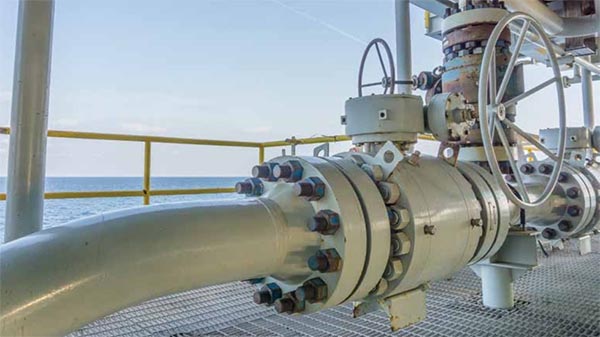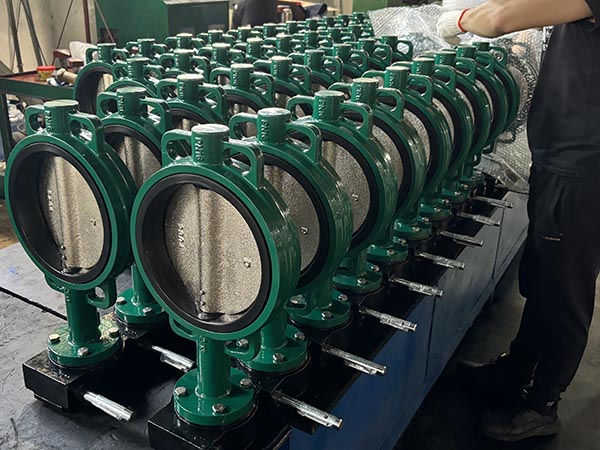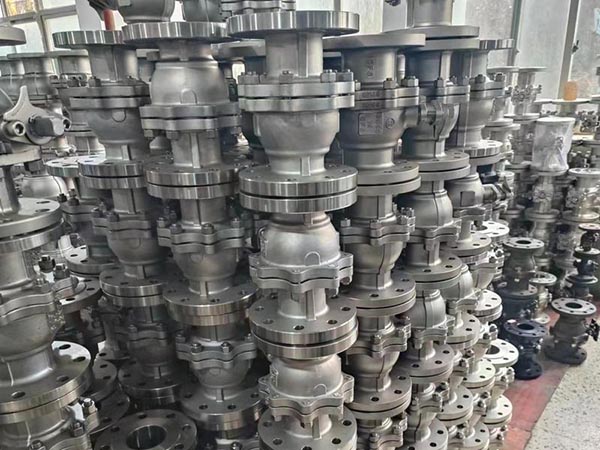Introduction: Why are API standards so important for industrial valves?
In high-risk industries such as oil and gas, chemicals and power, the safety and reliability of valves can directly affect the stability of production systems. The standards set by API (American Petroleum Institute) are the technical bible of industrial valves around the world. Among them, API 607 and API 608 are key specifications frequently cited by engineers and buyers.
This article will deeply analyze the differences, application scenarios and compliance points of these two standards.
Chapter 1: In-depth interpretation of API 607 standard
1.1 Standard definition and core mission
API 607 "Fire test specification for 1/4 turn valves and non-metallic valve seat valves" focuses on verifying the sealing performance of valves under fire conditions. The latest 7th edition increases the test temperature from 1400°F (760°C) to 1500°F (816°C) to simulate more severe fire scenarios.
1.2 Detailed explanation of key test parameters
- Fire duration: 30 minutes of continuous burning + 15 minutes of cooling period
- Leakage rate standard: Maximum allowable leakage does not exceed ISO 5208 Rate A
- Test medium: Combination test of combustible gas (methane/natural gas) and water
- Pressure condition: Dynamic test of 80% of rated pressure
Chapter 2: Technical analysis of API 608 standard
2.1 Standard positioning and scope of application
API 608 "Metal ball valves with flange ends, thread ends and welding ends" standardizes the technical requirements of the entire process from design to manufacturing of ball valves, covering the size range of DN8~DN600 (NPS 1/4~24), and the pressure level ASME CL150 up to 2500LB.
2.2 Core design requirements
- Valve body structure: one-piece/split casting process specifications
- Sealing system: mandatory requirements for double block and bleed (DBB) function
- Operating torque: maximum operating force does not exceed 360N·m
2.3 Key test items
- Shell strength test: 1.5 times rated pressure for 3 minutes
- Sealing test: 1.1 times rated pressure bidirectional test
- Cycle life: at least 3,000 full opening and closing operation verifications
Chapter 3: Five core differences between API 607 and API 608
| Comparison dimensions | API 607 | API 608 |
| Standard positioning | Fire performance certification | Product design and manufacturing specifications |
| Applicable stage | Product certification stage | The entire design and production process |
| Test method | Destructive fire simulation | Conventional pressure/functional test |
Chapter 4: Engineering selection decision
4.1 Mandatory combination for high-risk environments
For offshore platforms, LNG terminals and other places, it is recommended to choose:
API 608 ball valve + API 607 fire protection certification + SIL safety level certification
4.2 Cost optimization solution
For conventional working conditions, you can choose:
API 608 standard valve + local fire protection (such as fireproof coating)
4.3 Warning of common selection misunderstandings
- Mistakenly believe that API 608 includes fire protection requirements
- Equating API 607 testing with conventional sealing tests
- Ignoring factory audits of certificates (API Q1 system requirements)
Chapter 5: Frequently Asked Questions (FAQ)
Q1: Does the API 608 valve automatically meet the API 607 requirements?
A: Not entirely true. Although API 608 ball valves can apply for API 607 certification, they need to be tested separately.
Q2: Can the valve continue to be used after fire testing?
A: It is not recommended. The valves after testing usually have structural damage and should be scrapped.
Q3: How do the two standards affect the price of valves?
A: API 607 certification increases the cost by 30-50%, and API 608 compliance affects about 15-20%.
Conclusion:
• API 607 is essential for fire testing of soft-seat butterfly valves and ball valves.
• API 608 ensures the structural and performance integrity of metal-seat and soft-seat ball valves used in industrial applications.
• If fire safety is the primary consideration, valves that comply with API 607 standards are required.
• For general purpose and high-pressure ball valve applications, API 608 is the relevant standard.



